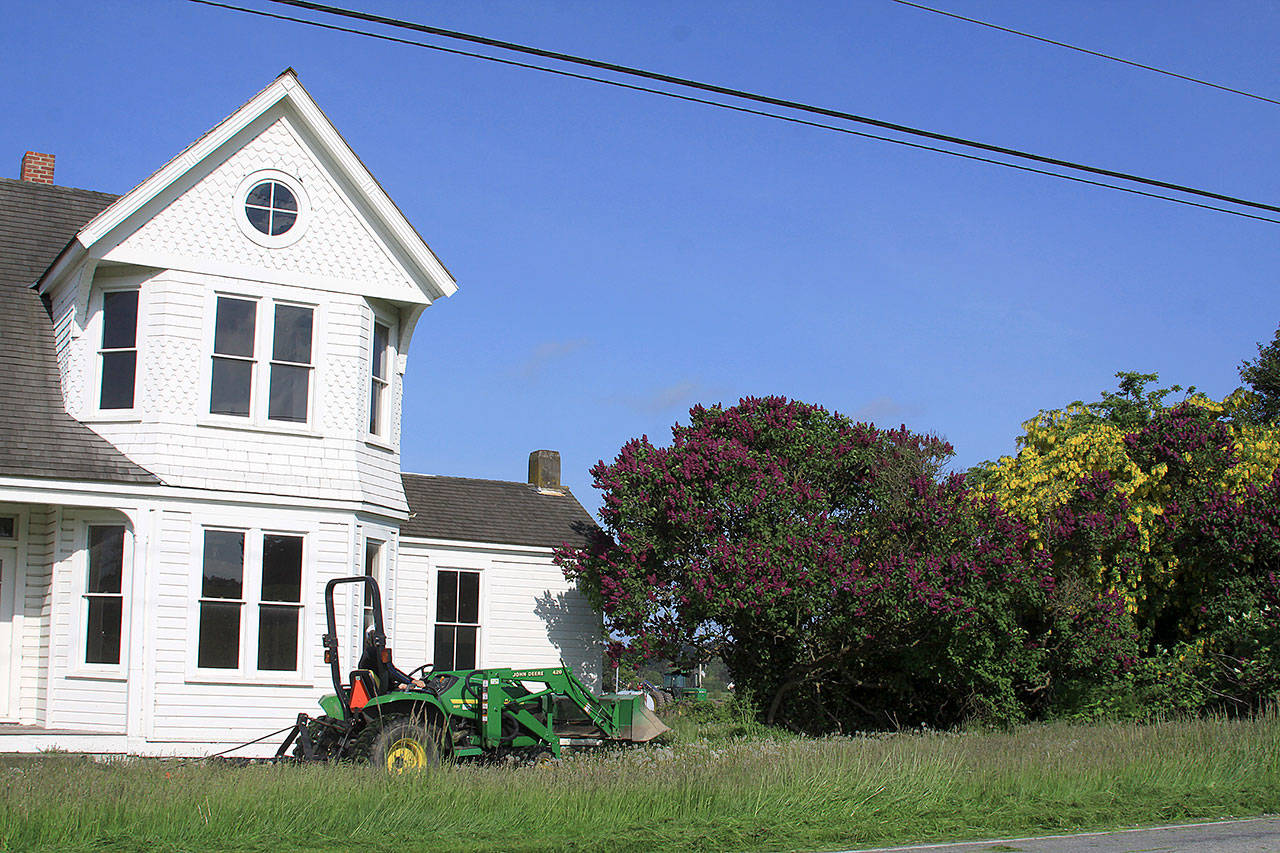The National Park Service wants to hear from people interested in farming or have ideas about other agriculture-related uses for 300 acres of farmland in Central Whidbey.
The Park Service is working with the Trust Board for Ebey’s Landing National Historical Reserve to lease 304 acres of non-contiguous parcels of different sizes, as well as structures, that are owned by the federal government. They are hosting two public workshops from 5:30-7 p.m. Tuesday, March 21, at the Coupeville Library.
Roy Zipp, superintendent for Park Service operations in the reserve, said he hopes a lot of people will show up to brainstorm some innovative ideas.
“I’m really interested to see what people come up with,” he said.
Zipp explained that the Park Service worked with the Trust for Public Lands to acquire the property in 2001 after the property was foreclosed on.
A longtime Coupeville family, the Engles, had owned the property for generations.
The purpose to buying the property, Zipp explained, was to prevent residential development that would conflict with the rural, agrarian nature of the reserve.
“Around here, farmland tends to grow houses better than crops,” he joked.
Zipp explained that the Park Service never intended to become a long-term property owner. A land swap between the Park Service and Engle family was worked on for years, but it came to an end a little over a year ago. The problem, he said, was that the value of the properties being swapped were not equal.
Farming continued on the properties through a special-use permit. A lease, however, involves a more rigorous process and would likely cover a longer term. Zipp would work with a federal appraiser to determine fair market rent and then the Park Service would ask for proposals.
Zipp conceded that the structures haven’t been cared for since the Park Service acquired the properties. It’s partly because the service has a backlog of funding requests, he said, but also because officials didn’t want to invest in property that may be swapped.
He hopes that the lease process will invest some life into the structures. The property identified as “farm 1,” for example, has extensive facilities for livestock, but some are in really poor condition. The farm is also known as the Pearson “Engleholm” Farm, according to the listing of centennial farms, or just the Engle Farm.
Zipp suggested that whoever ends up leasing the facilities could improve and maintain the structures, possibly in exchange for reduced lease payments.
The historic Rockwell House, built circa 1891, is one of the buildings that’s been sitting empty for more than a decade. Zipp said he is requesting funds from the Park Service to rehabilitate the building. His hopes are that a nonprofit group would want to use the old farm house.
Information about the lease as well as maps of the properties are online at https://parkplanning.nps.gov



